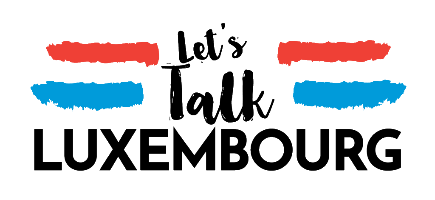Luxembourgguidelines.org – Water Color Tutorial. Watercolor is a technique that is done using watercolor on special paper. This makes the resulting image produce colors that appear softer. This painting technique has been popular since 2017. This watercolor painting technique is identical to the use of color pigments, creating different shades and transparency by adding water to the color. This is what makes this technique popular with painting art lovers. Apart from that, the watercolor technique is also quite eye-catching. Visually, playing with colors and techniques can make a painting more beautiful. In fact, it can be used as a reliever of fatigue and stress. So, how do you use this technique? Come on, see the explanation in the article below.
Characteristics of Watercolor Technique
The following are several characteristics that can be known, including:
- First, the water effect which is the main characteristic and characteristic of the watercolor technique. This is done when dipping the brush in water and paint. Then, rub it onto the paper. This effect can occur when using one color (the color fades into the page or design background) or several other colors.
- Second is texture. This water effect creates some interesting and unique textures that cannot be achieved with other techniques. Water can change color saturation, spread across the page, and mix with other colors in the design. The three can come together to create a very distinctive texture.
- Third is the imperfect look and feel. This is because it produces a water stroking effect and a distinctive texture. The final result of the design will be shaped, starting from an imperfect look and feel.
Watercolor Technique
The following are several techniques that you can know, including:
- The dry on dry technique is used to make the color texture rough and not blend. For example, painting an object on a new surface or giving a sharp color effect to some other object.
- The wet on dry technique is used to get color, detail and texture in the painting. It doesn’t require a lot of water and only uses a very small brush to emphasize details.
- The wet on wet technique is used to produce diffuse color. The strokes of color are soft and mixed together. The results of paintings done with this technique are of course very different from other techniques.
- The gradient technique usually starts from the brightest color until the color becomes less dense and lighter.
Water Color Tutorial
The following is a water color tutorial, including:
- First is prepare brushes, jars of water, and paint. Then, dip the brush into a jar filled with water and paint directly on the paper (not using any color) on the painted part. Before it dries, take a small amount of wet paint from the watercolor palette and paint over the area you just outlined with a wet brush. Then, you can drag the brush to create longer strokes and paint as needed to create the desired effect. Usually, the technique is used to paint natural landscapes, skies, or background strokes, because it gives a soft and flowing effect.
- This technique is the same as the wet-on-wet method. You can apply wet watercolor with a wet brush to dry the paper. Then, you can achieve different levels of color intensity depending on how much water is mixed with the pigment. The amount of water used can affect the accuracy of the lines painted. This technique is used to create outlines or add more detail to the painting you are creating.
- The most important thing to do when layering watercolors is to start with a light color first. This way you can add more intensity and depth to the bright areas of the painting. So, you get the appearance you want. It is important to note that watercolor will activate when painted with more water or a wet brush. This can affect the original colors used and make them less bright, so you must be careful when layering watercolors. The important point is to let the watercolor dry between layers to avoid too much mixing or bleeding of the colors.
That is the interesting explanation above that can be conveyed regarding the water color tutorial. Hope it is useful.
